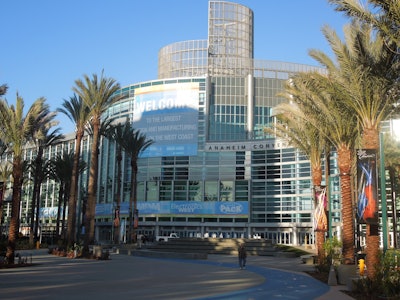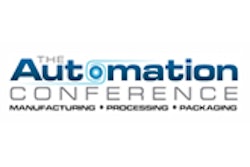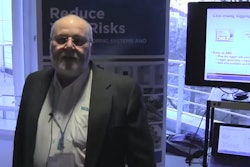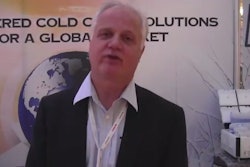
Nanotechnology and nanomaterials offer considerable promise in the medical device community. They also pose considerable challenges.
How does the U.S. provide the funding to encourage nano-based research? How do we harmonize global research on this front? How do companies gain clarity on regulatory issues pertaining to nanotechnology? What are the scientific facts surrounding possible nano-related environmental, health, and safety risks?
The projected worldwide market for nanotech-enabled products could range between $500 billion and $3 trillion by 2015, according to “Nanotechnology and nanomaterials medical devices—The regulatory frontier,” a presentation by Mary Gray, manager of regulatory affairs with DePuy Synthes—Johnson & Johnson, during MD&M West.
Gray said that medical devices and multiple industrial sectors could be improved through nanotech applications. She pointed to nano-based coatings that could be applied to medical device surfaces to optimize and improve health outcomes. Nanotechnology applications involve medical devices and consumer products, as well as their packaging.
Combination product developments
Why would a company want to introduce combination products given their potentially onerous regulatory challenges? A key reason: enhanced therapeutic results and better patient outcomes.
That was an important takeaway from another presentation at MDM West given by Winifred Wu, president of Strategic Regulatory Partners LLC, entitled, “Strategies for the combination product pathway: Submission and approval.”
Wu cited a Research & Markets report that said the drug-device combination product market was growing 11.8% annually between 2010 and 2014.
Wu spent time discussing the U.S. Food and Drug Administration’s Office of Combination Products, noting that OCP tends to work closely with other FDA centers. She noted that there is still considerable debate around what products are combination products. The definition and scope continues to evolve as more therapies are developed.
Regulatory strategies
The first presentation during Feb. 12’s “Compliance in Practice,” conference track at MD&M West was given by Michael Morton, senior director of global regulatory affairs with Medtronic.
Morton’s speech, “Regulatory strategies for 2013: The art of framing a successful submission,” touched on some familiar observations, including the following:
• Determining the intended use of the product seems obvious, but uses can become difficult to define clearly among multiple stakeholders.
• Understand the indicated patient population and be clear about a product’s benefit claims.
• Communicate with the FDA throughout the process of submitting products for market approval. Your company may have workers with a keen knowledge of a product or industry, but do they understand the culture and needs of the FDA? Do FDA reviewers understand your company culture and goals? If the FDA has published guidances, use them to help document your efforts.
Morton said, “Manufacturing is critical to a successful submission. It’s a deliverable.” He said labeling and international issues, sales, marketing, education, and training are all part of this manufacturing effort.

























